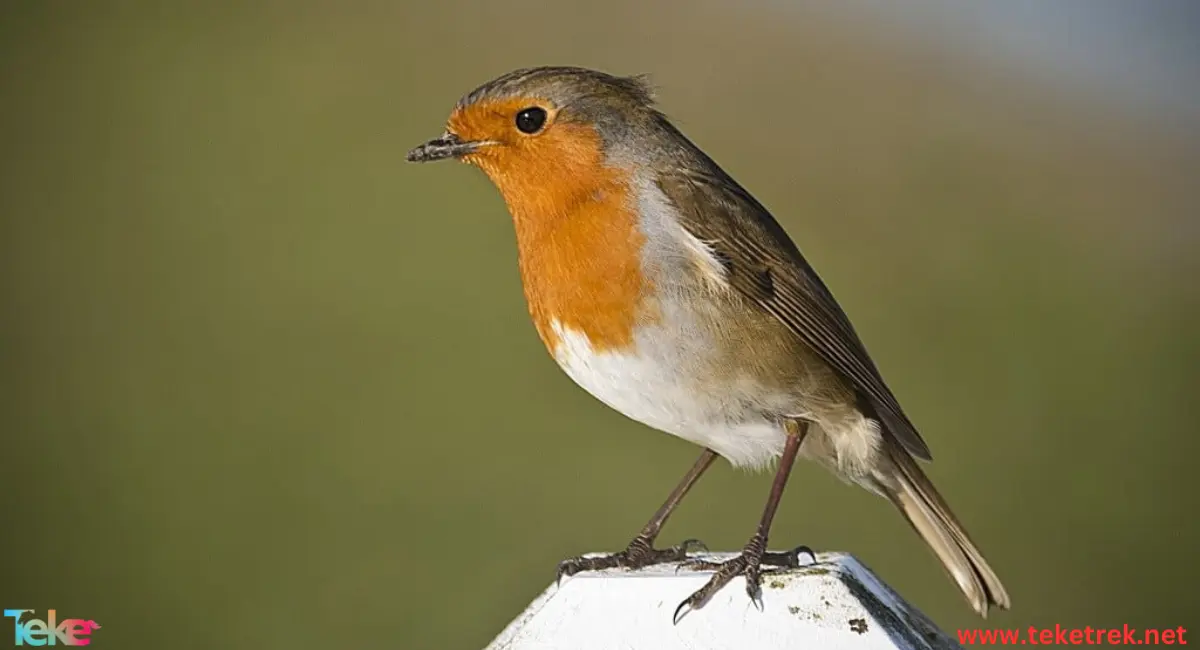The European robin escapes the cold of Europe in the winter to warm itself in Lebanon, with its sweet voice.
Below we talk about it on the teketrek website. We will show its habitats, how it reproduces, and how to raise it.
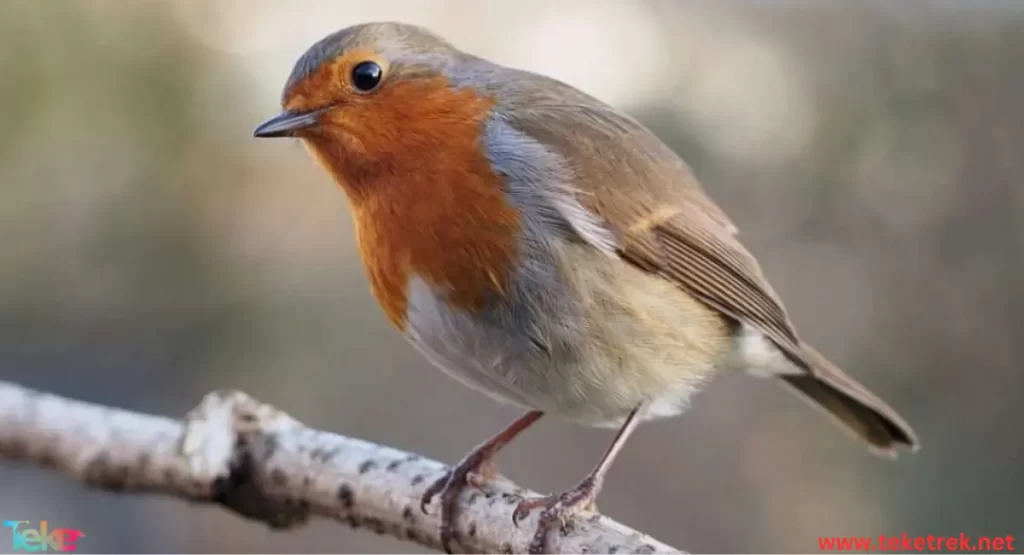
An introduction to the European robin
The European robin is a small bird with a red chest, which is why it was given that name. In the Levant, it is called the robin or robin.
- It may be difficult to distinguish between the two sexes of robins due to their great similarity, while the spot on the male’s chest is less widespread than that of the female.
- Both males and females can tweet, but the male tweets more to attract females during the breeding period.
- The robin has reached a lifespan of about 3 years, while it has lived more than 17 in captivity.
Robins’ habitats
The robin is found in Europe, Asia and Africa:
- You find it largely in Europe, especially the western part of it.
- You can also see it in Asia and the far northwest of Africa, in addition to the Atlantic islands.
- You can find it in open woods, urban parks, suburbs, and backyards.
It is worth noting that it migrates to the countries of the Middle East in winter in search of warmth.
Food for robins
The robin mainly eats insects and spiders. In addition, it eats fruits, for example: berries, and seeds such as sunflower seeds.
Moreover, it feeds on worms, for example: worms and earthworms.
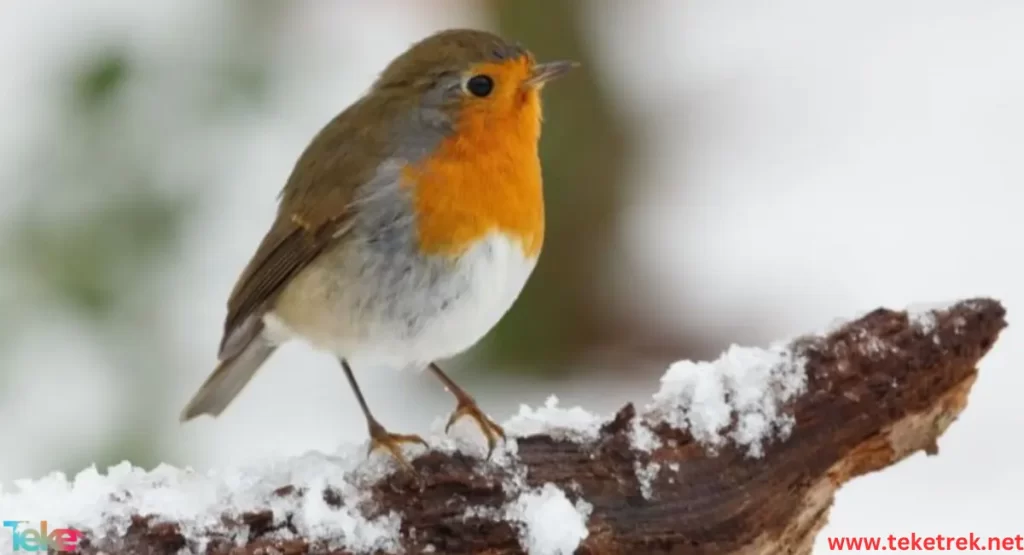
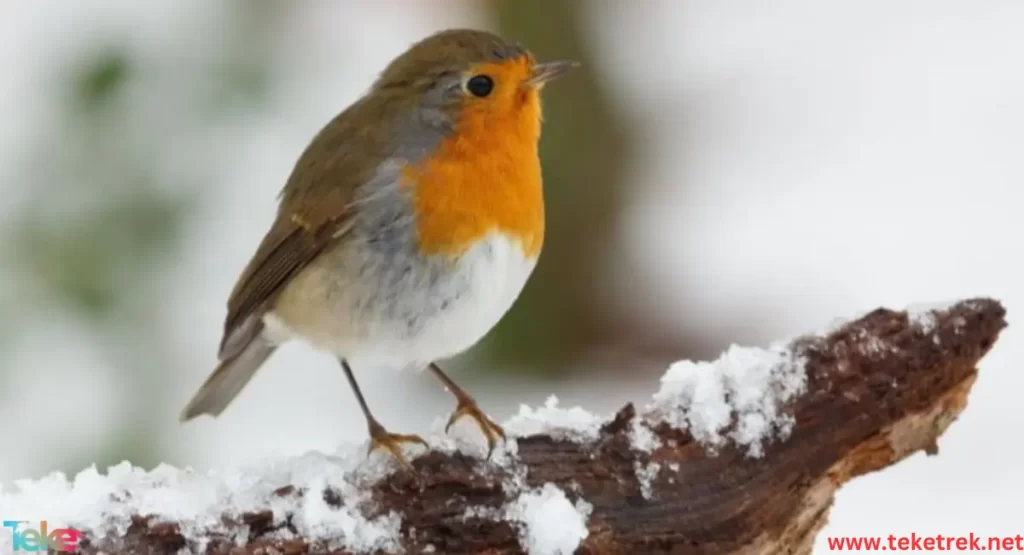
Reproduction in robins
The breeding period for robins ranges between the months of April and August, when:
- It prefers to build its nests a few meters away from the surface of the ground, making them well hidden among plants. It may also build it inside a cavity or crack in a stone wall. Or even inside strange places, for example a mailbox.
- The female lays white eggs with brown spots, ranging in number from four to seven eggs.
- Then it incubates the eggs for a period of up to 14 days, after which they hatch and the young emerge from the nest about 20 days after that.
- A female robin gives birth to about three broods a year.
It is worth noting that, as a result of being affected by climate changes, robins began to spawn in Lebanon, especially in mid-May.
Breeding robins
The European robin is raised on a limited basis in the world, especially in the Arab world.
- Raising it requires several components due to its nature and structure.
- Since you cannot put him in a cage, he likes to be in a large enclosure with a dirt floor and full of trees.
- In addition, he must be provided with food in the form of seeds and fruits, but the West gave him another level by making him come to the garden and providing him with what he needed to overcome his fear.
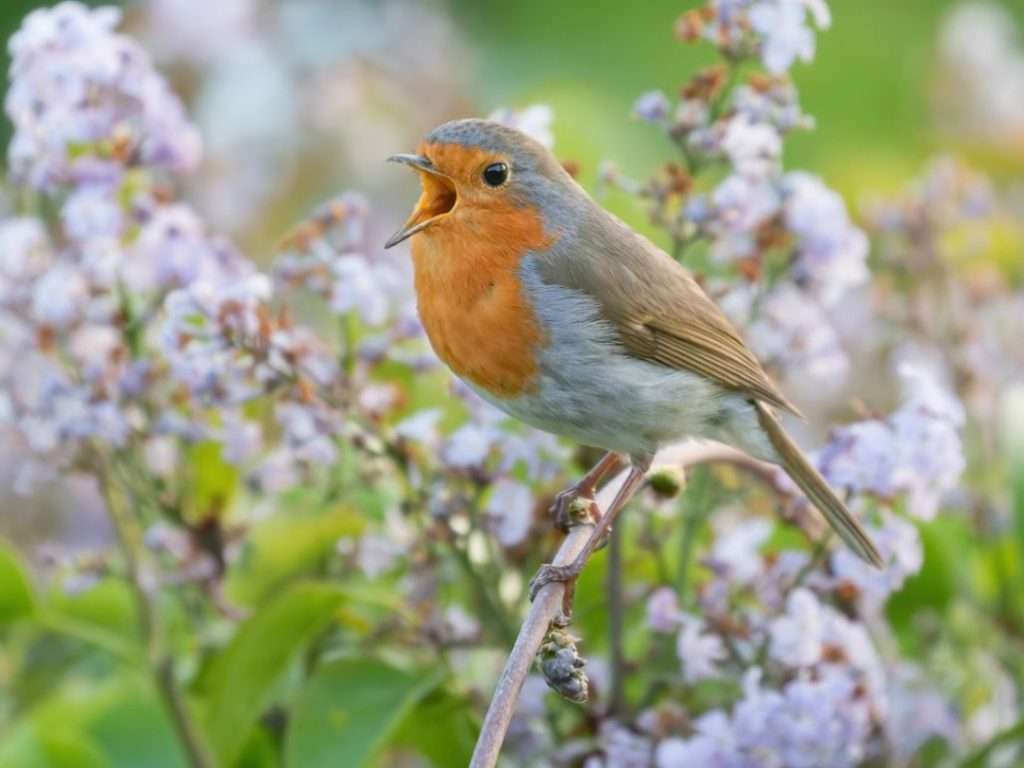

FAQ
Among the most common questions about robins:
- What does a robin eat?
The Arabian robin depends mainly on fruit, in addition to that it eats insects and worms.
- Why was the robin given this name?
The European robin was given this name due to its color.
- Can a robin be raised?
Yes, but raising the European robin requires special ingredients due to its nature and structure.
- What does the European robin symbolize?
The European robin symbolizes renewal, new beginnings, and hope.
- What is a fun fact about the European robin?
A fun fact about the European robin is that they are known to be quite friendly and curious birds.
- What does the robin symbolize?
The European robin symbolizes renewal, new beginnings, and hope.
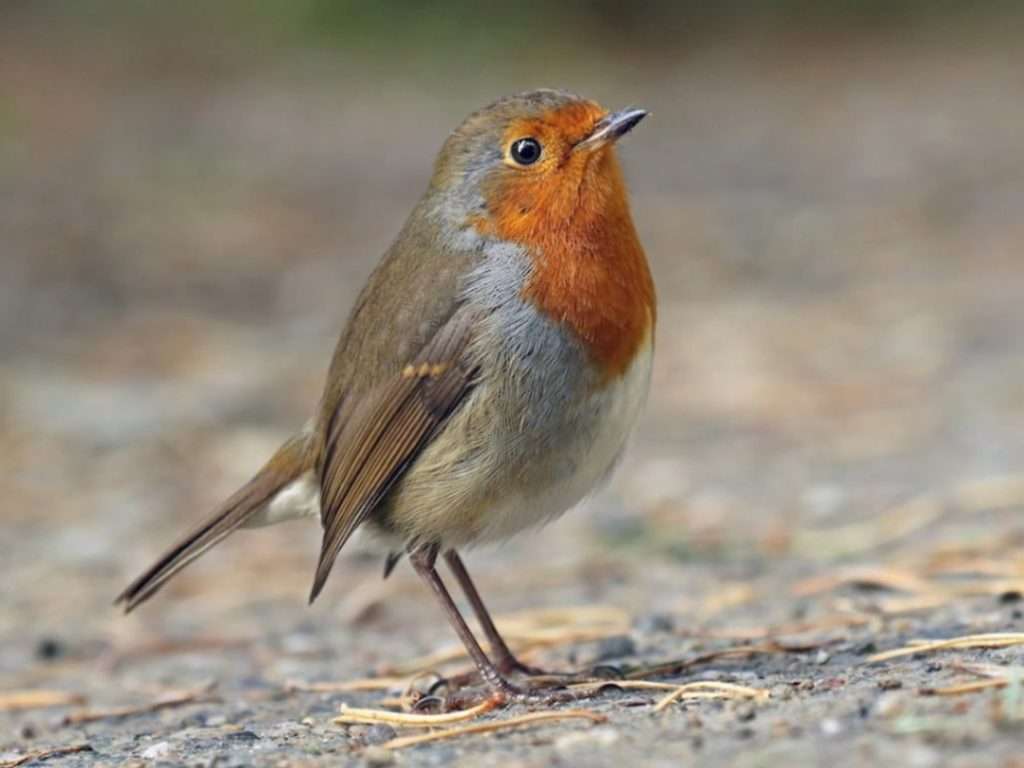

In short, the European robin is a herbivorous, carnivorous animal that reproduces by laying eggs. It travels from Europe to Lebanon in search of warmth.

